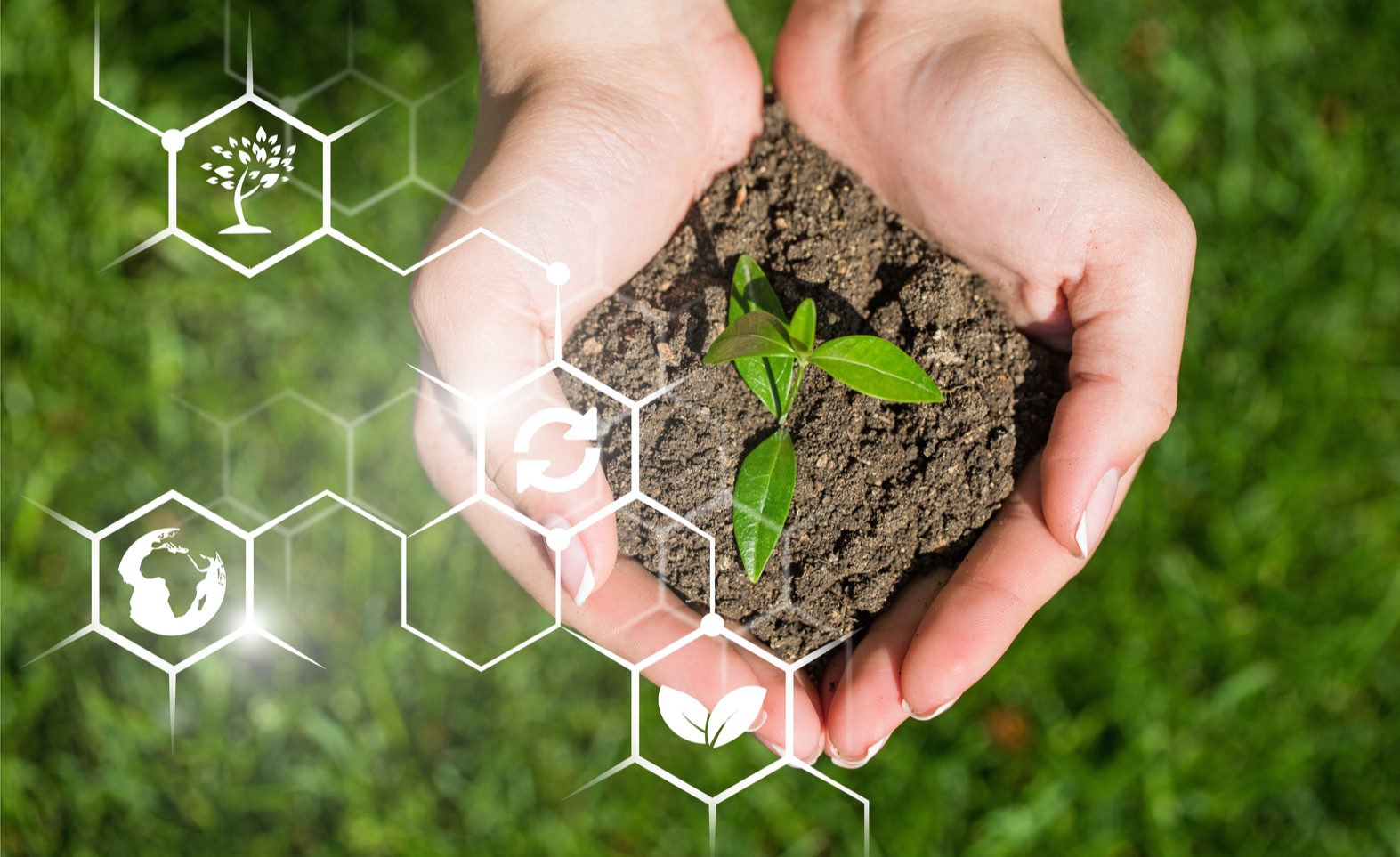Blog
- Blog
- Home
Innovations in Biostimulant Manufacturing: Paving the Way for Next-Generation Agriculture

Introduction:
In the dynamic realm of agriculture, the pursuit of sustainable and efficient farming practices has sparked a revolution, and at the forefront are biostimulants. These powerful agents stimulate plant growth, improve nutrient uptake, and enhance stress tolerance. In this blog post, we delve into the cutting-edge innovations in biostimulant manufacturing, particularly exploring advancements with chitin and chitosan that are shaping the future of agriculture
The Biostimulant Revolution:
Traditionally, biostimulants have been crafted using a combination of organic materials and essential nutrients. However, recent innovations have propelled biostimulant manufacturing into a new era, introducing advanced technologies and formulations that promise to revolutionize agriculture
Microbial Biostimulants: Unleashing the Power of Microorganisms
Groundbreaking innovations in harnessing the potential of microorganisms have taken center stage. Companies are now utilizing advanced biotechnological methods to isolate, culture, and mass-produce beneficial microbes. These microbial biostimulants, enriched with chitin and chitosan, establish symbiotic relationships with plants, promoting nutrient absorption, disease resistance, and overall plant health.
The integration of chitin and chitosan into microbial biostimulants is particularly noteworthy. Chitin, a polysaccharide found in the exoskeletons of arthropods and insects, and its derivative chitosan, are known for their bioactive properties. When incorporated into microbial biostimulants, they act as powerful stimulants, triggering enhanced plant defense mechanisms and improving the efficiency of nutrient uptake. This not only fosters robust plant growth but also strengthens the plant’s resilience against environmental stressors
Nanoformulations: Precision Agriculture at the Molecular Level
Enter the era of nanoformulations, where biostimulants are broken down to the molecular level for enhanced efficacy. Incorporating chitosan nanoparticles, for instance, facilitates better absorption and transportation of nutrients within plants. This not only maximizes the impact of biostimulants but also minimizes the need for excessive application, contributing to more sustainable farming practices.
Chitosan nanoparticles offer a unique advantage in their ability to penetrate plant cell walls, delivering essential nutrients directly to where they are needed most. This precision agriculture approach ensures that plants receive optimal nutrition, leading to improved overall health and increased resistance to pests and diseases. Additionally, the reduced application rates associated with nanoformulations contribute to resource efficiency and environmental
sustainability.
Biostimulant Elicitors: Boosting Plant Defense Mechanisms
An exciting innovation involves the use of biostimulant elicitors, now enriched with chitosan derivatives. These compounds trigger the plant’s natural defense mechanisms, preparing them to respond more effectively to stressors such as pests, diseases, or adverse environmental conditions. By fortifying the plant’s immune system, chitosan-infused biostimulant elicitors contribute to higher yields and improved crop quality.
Chitosan, with its antimicrobial and antifungal properties, plays a crucial role in enhancing the effectiveness of biostimulant elicitors. By activating the plant’s innate ability to defend itself, these formulations empower crops to withstand environmental challenges without the need for excessive chemical interventions. This not only benefits the farmer’s bottom line but also aligns with the growing demand for sustainable and eco-friendly agricultural practices
Customized Formulations: Tailoring Biostimulants to Crop Needs
Advancements in biostimulant manufacturing allow for the creation of customized formulations, often featuring chitin and chitosan, tailored to specific crops and growth stages. By understanding the unique requirements of different plants, manufacturers can optimize nutrient compositions and application methods, ensuring that each biostimulant meets the precise needs of the intended crop.
This level of customization reflects a shift towards precision agriculture, where biostimulants are not one-size-fits-all solutions but tailored interventions designed to maximize the potential of each crop. Whether it’s adjusting nutrient ratios, incorporating specific microorganisms, or fine-tuning chitin and chitosan concentrations, these tailored formulations represent a leap forward in promoting sustainable and efficient agricultural practices
Conclusion:
As innovations continue to reshape the agricultural landscape, the role of biostimulants
enriched with chitin and chitosan cannot be overstated. The promise of enhanced crop yields,
improved resilience, and reduced environmental impact becomes increasingly tangible,
positioning biostimulant manufacturing as a cornerstone in building a sustainable future for
global agriculture. By embracing these innovations, farmers are not only enhancing their
productivity but also contributing to a greener, more resilient planet. The next generation of
agriculture is here, and it’s thriving on the sustainable possibilities unlocked by innovative
biostimulant manufacturing.
Recent Post
Contact Details
info@auraphyll.com
